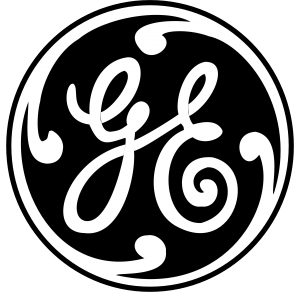
Credits: AIA/CES #AEC971 (1.0 LU/HSW)
Description: Electrical systems that deliver access to permanent power and enable device connectivity are critical components of the design and operation of high performance buildings. Today’s mobile technology means people can connect and move freely between the indoors and outdoors, and integrate their social and work lives, anytime, anywhere. This course examines permanent outdoor power delivery offerings , including charging stations and in ground power boxes, that support the growing demand for connectivity and data and audio visual communications in outdoor spaces and help to create an outdoor environment that promotes longer stays, stimulates creativity, and increases productivity.
Credits: ASID, IIDA, and / or IDC (IDCED 1.0 CE Hours)
USGBC (1.0 GBCI CE Hours)
AIA (1.0 LU/HSU)
Description: Learn how the solar shade fabric attributes such as composition, structure, openness factor and color directly affect shade performance and indirectly affect the efficiency of a building envelope to control heat gain. Understand how the different fabric properties such as low VOC, acoustical performance, fire retardancy, and anit-bacterial/fungal can affect human health, indoor environmental quality and safety. Analyze fabric fenestration data and understand how solar energy from the sun influences these values and the combined solar heat gain values of the entire window shading system.

Credits: AIA CEU (1.0 LU/HSW)
Description: Lighting today is a necessity for safety and security. Lighting can also be an integral part of the architecture. It is safe to assume that the designers are not designing their buildings around light fixtures, but rather selecting fixtures that integrate and complement their architectural design. It is often the small visual cues that can be seen as you walk thru a project that speak the loudest and have a big influence how the overall project is viewed. Unless specifically looking for it, quality can go unnoticed, but it is hard to overlook items of poor quality. Peeling paint, fixtures filled with bugs, brown or yellowing plastic lenses are a few items that are very noticeable during the day, and at night, all of the above and the likelihood of the fixture not working at all!With thousands of different lighting manufactures offering products, the number of possible “Short Term” solutions to any lighting application is staggering. However, when you take the time to evaluate products based not only on performance but also on construction and serviceability, the number of acceptable “Long Term” solutions is in the minority.As such, the focuses of this presentation will be on helping you select products that will meet the long term lighting needs of the project.

Credits: AIA CES #40107434 (1.0 LU/HSW)
Description: Our eyes can play tricks on us when it comes to color and how the eyes adapt. Lighting Designs are affected, positively and negatively, by this. Understanding the basic vision science, and how the eye perceives colors of objects and the environment, are important elements in design considerations. Comprehending color metrics that are used with conventional and LED sources will allow for a more thoughtful technical and artistic approach to the design.
Credits: AIA Program # CC201 (1.0 LU/HSW/SD)
USGBC Approved #0920005234 (1.0 GBCI CE Hours)
Description: As the building industry moves (albeit slowly) toward Zero Net Energy—the goal of the Architecture 2030 program—the industry is recognizing that lighting controls play a crucial role in energy conservation. According to the U.S. Dept. of Energy, lighting is, by far, the largest user of electricity in commercial buildings. It consumes 38% of a building’s total electricity use—more than space heating, cooling, ventilation, equipment, and computers combined. Lighting controls can drastically reduce that appetite. They can eliminate 60% or more of the wasted lighting energy in buildings while enhancing occupant comfort and productivity. They provide flexible control over the lighting in a space and support energy savings by reducing the amount of power or amount of time the lighting system is in use. This session will review the mandated lighting control requirements in standards/codes such as ASHRAE 90.1 2013, IECC 2015, and Title 24 2016.